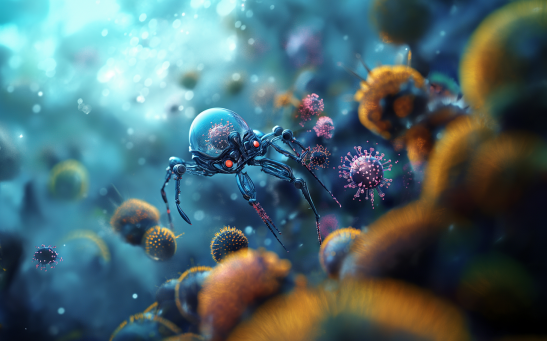NANOTECHNOLOGY
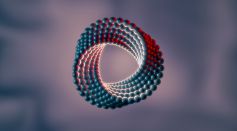
Are Nanoparticles Really Safe? A Deep Dive into Nanotoxicology and its Environmental Impact
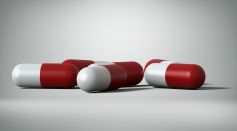
Smart Medicine and Nanosensors: The Future of Diagnostic Nanotechnology
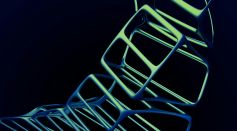
How Nano Drug Delivery and Vaccine Nanotech Are Transforming Modern Medicine
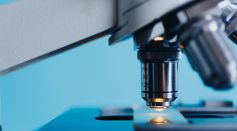
Harnessing Nanoscale Science: Nanometers Explained and the Size Effect in Materials That Are Revolutionizing Modern Science
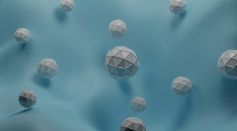
Can Medical Nanobots Really Navigate the Human Body? The Future of Nanorobotics in Healthcare
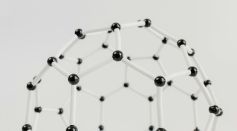
What Is Nanotechnology? Understanding Nanoscience Basics and How Nanotech Works

Nanomaterials Explained: How Atomic Structure Drives Advanced Nanotech Applications
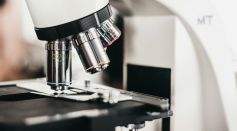
How Nanotechnology Applications Are Transforming Medicine and Future Technology

Cyber Attack on Jaguar and Land Rover Cripples UK Operations: 1 October Earliest Restart as Deliveries Disrupted Worldwide

MLB Star Shohei Ohtani Authors Children's Book Featuring His Own Dog, Decoy

Nanoparticle Vaccine Technology Helps Boost Flu Cross-Protection and Improve Immune Responses, Giving New Approaches to Immunization
Bluespotted Ribbontail Ray Nanostructures Unveiled for Electric Blue Coloration – Can This Lead to Chemical-Free Color Technology?
Carbon Nanotubes’ Twisting Weakness Unveiled As New Study Reveals Impact of Disclinations on Mechanical Strength

What Is Forensic Evidence?
Most Popular

'Cannibal CME' Sparks Strong Geomagnetic Storms: Auroras Expected Across US and Canada Tonight

Can Medical Nanobots Really Navigate the Human Body? The Future of Nanorobotics in Healthcare

How Walking 30 Minutes a Day Transforms Your Body: Simple Exercise for Daily Movement Health

Understanding Panic Attack Causes, Anxiety Symptoms, and Proven Ways to Stop Panic Attacks Quickly

